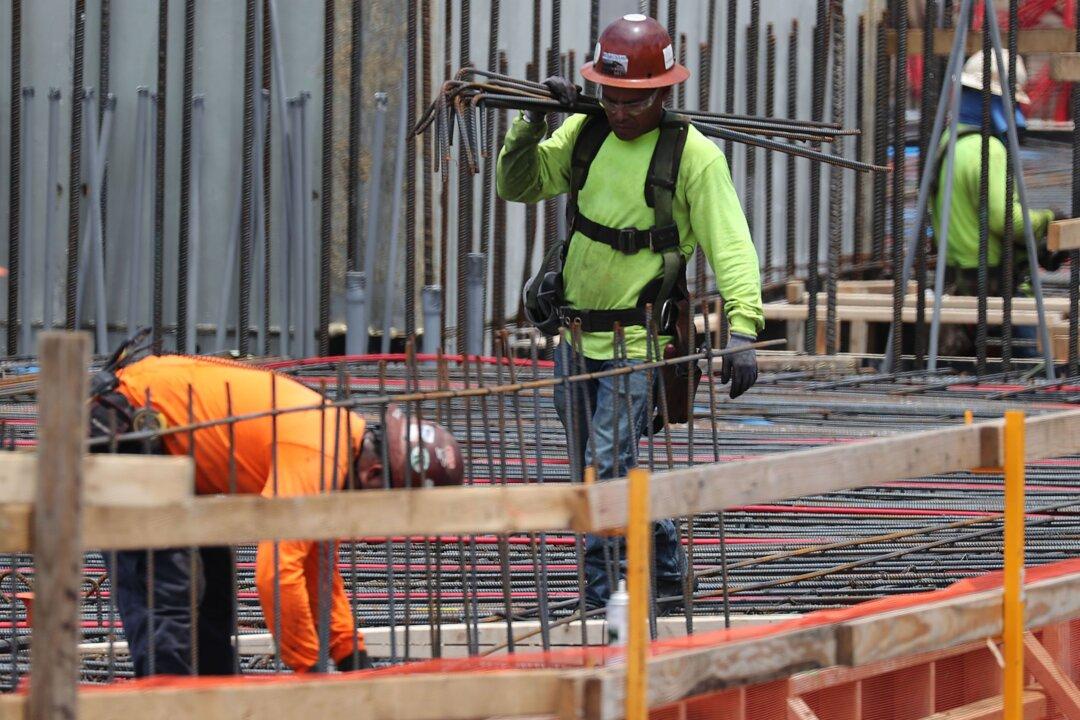The economy added 164,000 jobs in July, keeping unemployment near a 50-year low, while some underlying markers of the job market strengthened, according to data released by the Bureau of Labor Statistics (BLS) on Aug. 2.
The unemployment rate remained at 3.7 percent, reflecting 6.1 million jobless Americans. That number, however, doesn’t tell the whole story since it only includes people who sought a job in the past four weeks.





